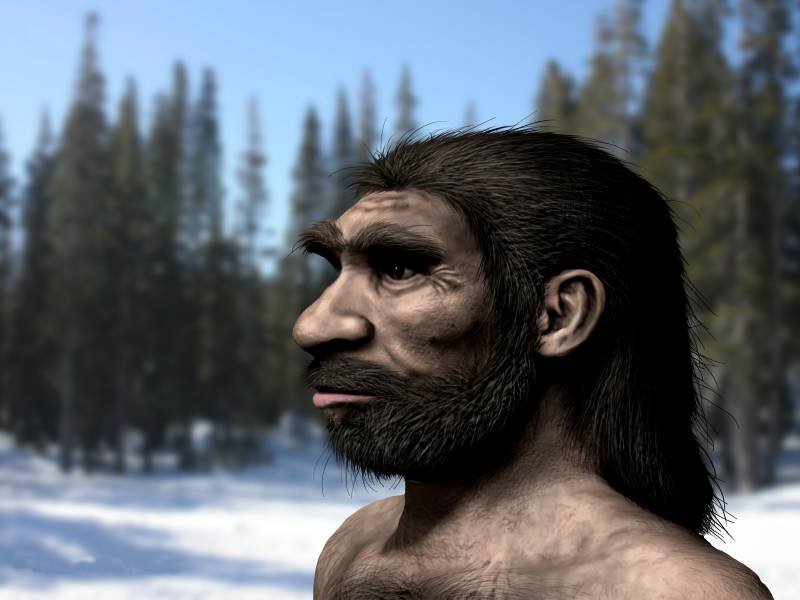The landscape of scientific research has undergone a dramatic transformation in recent years, with artificial intelligence emerging as the most powerful catalyst for change in how we approach discovery and innovation. From accelerating drug development to predicting climate patterns, AI is revolutionizing every corner of scientific inquiry.
This technological revolution isn’t just about faster calculations or data processing. It represents a fundamental shift in how you can tackle complex problems that have puzzled researchers for decades. Let’s explore the remarkable ways AI is reshaping the future of scientific discovery.
Accelerating Drug Discovery and Development

The pharmaceutical industry has embraced AI as a game-changing force in developing new medications. Traditional drug discovery often takes over a decade and costs billions of dollars, with many promising compounds failing during clinical trials. AI algorithms now analyze vast molecular databases to predict which compounds are most likely to succeed, reducing the time from laboratory to market significantly.
Machine learning models can simulate how potential drugs interact with specific proteins in your body, identifying promising candidates before expensive laboratory testing begins. Companies like DeepMind have demonstrated AI’s ability to predict protein structures with remarkable accuracy, opening doors to treatments for diseases previously considered undruggable. This computational approach has already led to breakthrough discoveries in cancer therapy and neurological disorders.
Revolutionizing Astronomical Research and Space Exploration
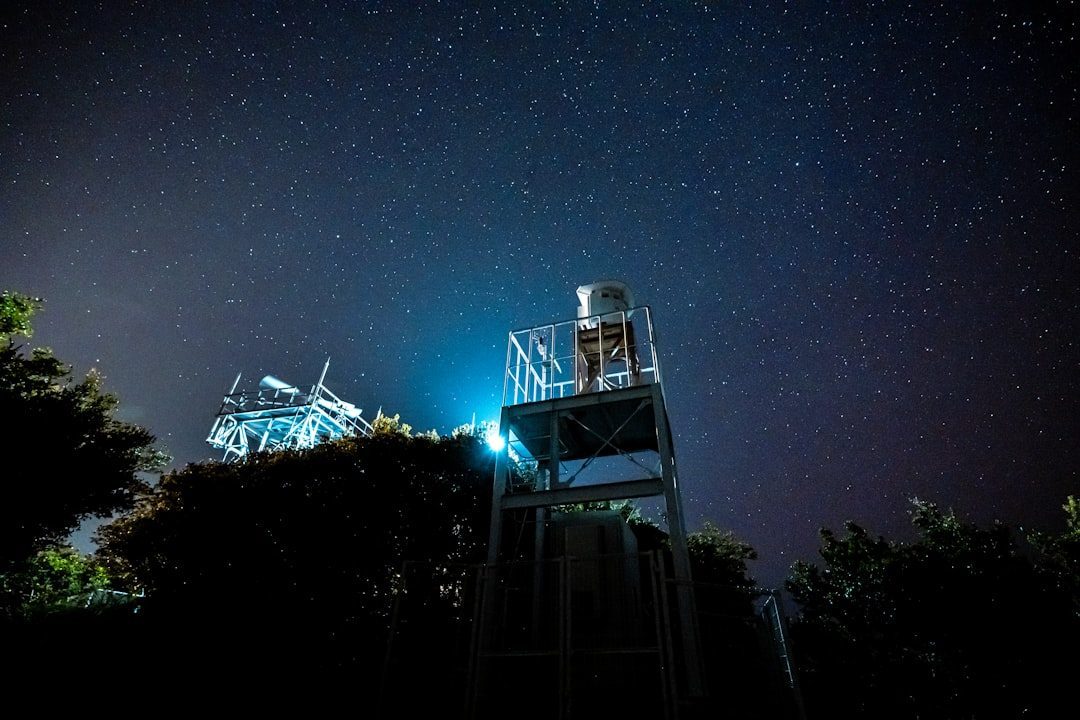
Your understanding of the universe is expanding at an unprecedented pace thanks to AI’s ability to process enormous amounts of astronomical data. Modern telescopes generate terabytes of information daily, far more than human researchers could analyze manually. AI systems now automatically identify new celestial objects, detect gravitational waves, and even discover exoplanets by recognizing subtle patterns in starlight.
NASA and other space agencies use neural networks to plan mission trajectories, optimize spacecraft operations, and analyze images from Mars rovers and other exploratory vehicles. These intelligent systems have helped identify potential signs of ancient water on Mars and guided the selection of landing sites for future missions. The James Webb Space Telescope uses sophisticated automated systems and computational methods to process its observations, with AI and machine learning techniques increasingly being applied to astronomical data analysis.
Transforming Climate Science and Environmental Research

Climate modeling has become incredibly sophisticated through the integration of AI technologies that can process complex atmospheric data and predict long-term environmental changes. Machine learning algorithms analyze satellite imagery, ocean temperature readings, and weather patterns to create more accurate climate projections than ever before. These models help you understand how rising temperatures will affect different regions and ecosystems.
Environmental scientists now use AI to track deforestation in real-time, monitor endangered species populations, and predict natural disasters before they occur. Smart sensors deployed across forests, oceans, and urban areas collect continuous data that AI systems analyze to identify environmental threats. This technology has proven invaluable in conservation efforts and disaster preparedness, potentially saving countless lives and protecting vulnerable ecosystems.
Enhancing Medical Diagnosis and Treatment
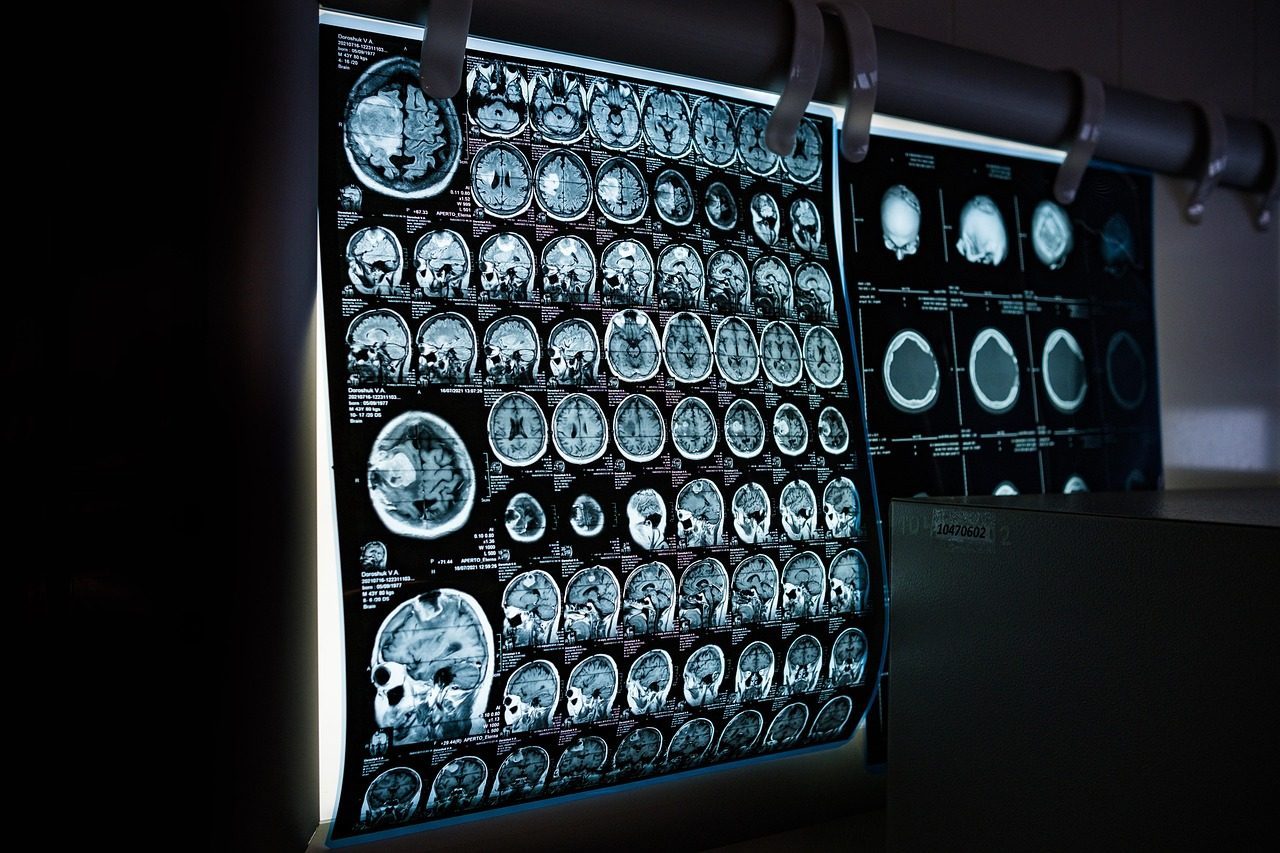
Healthcare professionals now have access to AI tools that can diagnose diseases with accuracy that often surpasses human specialists. Computer vision systems analyze medical images like X-rays, MRIs, and CT scans to detect cancer, fractures, and other conditions in their earliest stages. These systems can identify subtle patterns that might escape even experienced radiologists, leading to earlier intervention and better patient outcomes.
Personalized medicine has also benefited tremendously from AI’s ability to analyze your genetic information, medical history, and lifestyle factors to recommend tailored treatments. Machine learning algorithms can predict how you might respond to different medications based on your unique biological profile, reducing trial-and-error approaches that have traditionally characterized medical treatment. This precision approach is particularly valuable in oncology, where AI helps oncologists select the most effective cancer therapies for individual patients.
Advancing Materials Science and Engineering
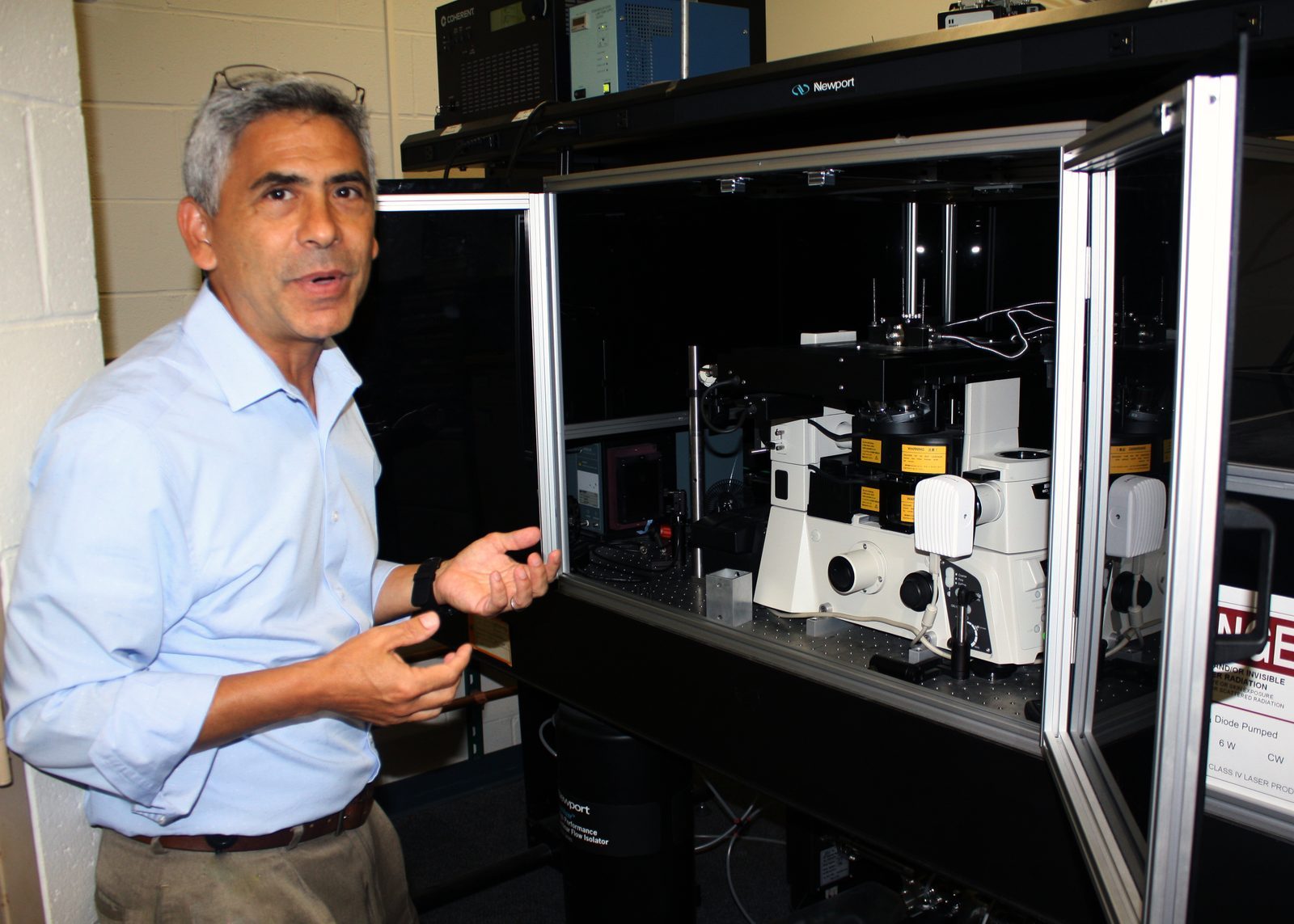
The development of new materials with specific properties has traditionally relied on time-consuming laboratory experiments and educated guesses. AI has transformed this field by predicting material properties before they’re synthesized, dramatically speeding up the innovation process. Machine learning models can suggest optimal combinations of elements to create materials with desired characteristics like strength, conductivity, or flexibility.
Researchers working on next-generation batteries, solar panels, and computer chips now use AI to explore millions of potential material combinations virtually. This computational approach has led to breakthroughs in superconductors, lightweight composites for aerospace applications, and more efficient photovoltaic cells. The AI-driven discovery of new materials is crucial for developing sustainable technologies and advancing renewable energy solutions.
Improving Agricultural Science and Food Security
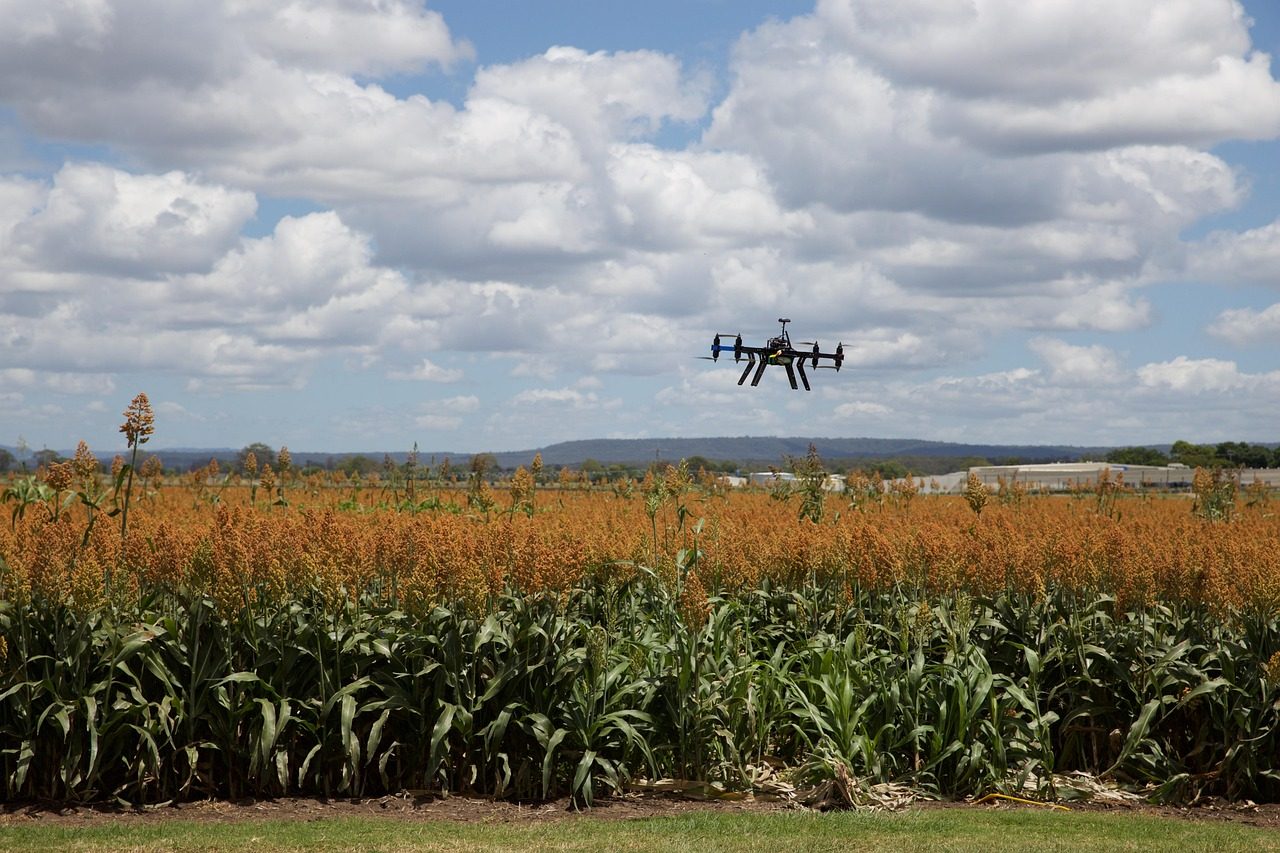
Modern agriculture faces unprecedented challenges in feeding a growing global population while dealing with climate change and resource constraints. AI systems now monitor crop health using satellite imagery and drone surveillance, detecting diseases, pest infestations, and nutrient deficiencies before they become visible to the naked eye. This early warning capability allows farmers to take targeted action, reducing crop losses and optimizing yields.
Precision agriculture powered by AI helps optimize water usage, fertilizer application, and planting schedules based on weather patterns, soil conditions, and historical data. Machine learning algorithms can predict crop yields with remarkable accuracy, helping governments and organizations plan for food distribution and identify potential shortages. These technologies are particularly valuable in developing regions where food security remains a critical concern.
Accelerating Fundamental Physics Research

Particle physics experiments generate massive amounts of data that would take human researchers decades to analyze completely. AI systems now process data from facilities like the Large Hadron Collider, identifying rare particle interactions and potential signs of new physics. These algorithms can sort through millions of collision events per second, flagging the few that might reveal groundbreaking discoveries about the fundamental nature of matter and energy.
Theoretical physicists also use AI to explore complex mathematical models and test new hypotheses about quantum mechanics, relativity, and other foundational concepts. Machine learning helps identify patterns in experimental data that might point toward new physical laws or confirm existing theories. This computational assistance has already contributed to advances in quantum computing research and our understanding of dark matter and dark energy.
Conclusion
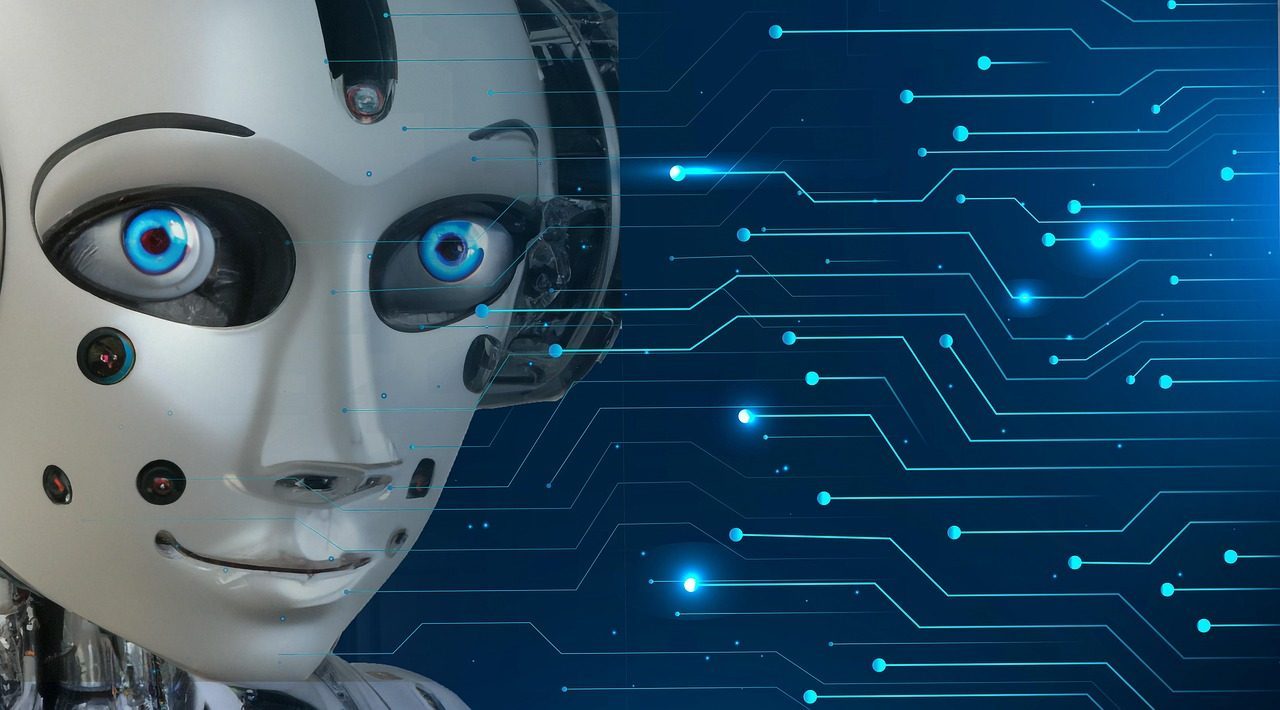
The integration of artificial intelligence into scientific research represents one of the most significant advances in human knowledge-seeking since the scientific method itself. From drug discovery to space exploration, AI is not just making existing processes faster or more efficient – it’s enabling entirely new approaches to understanding our world and universe.
These technological advances promise to accelerate the pace of discovery across all scientific disciplines, potentially solving challenges that have long seemed insurmountable. As AI continues to evolve, its impact on science will only grow more profound, opening doors to discoveries we can barely imagine today. What breakthrough do you think AI will enable next?




